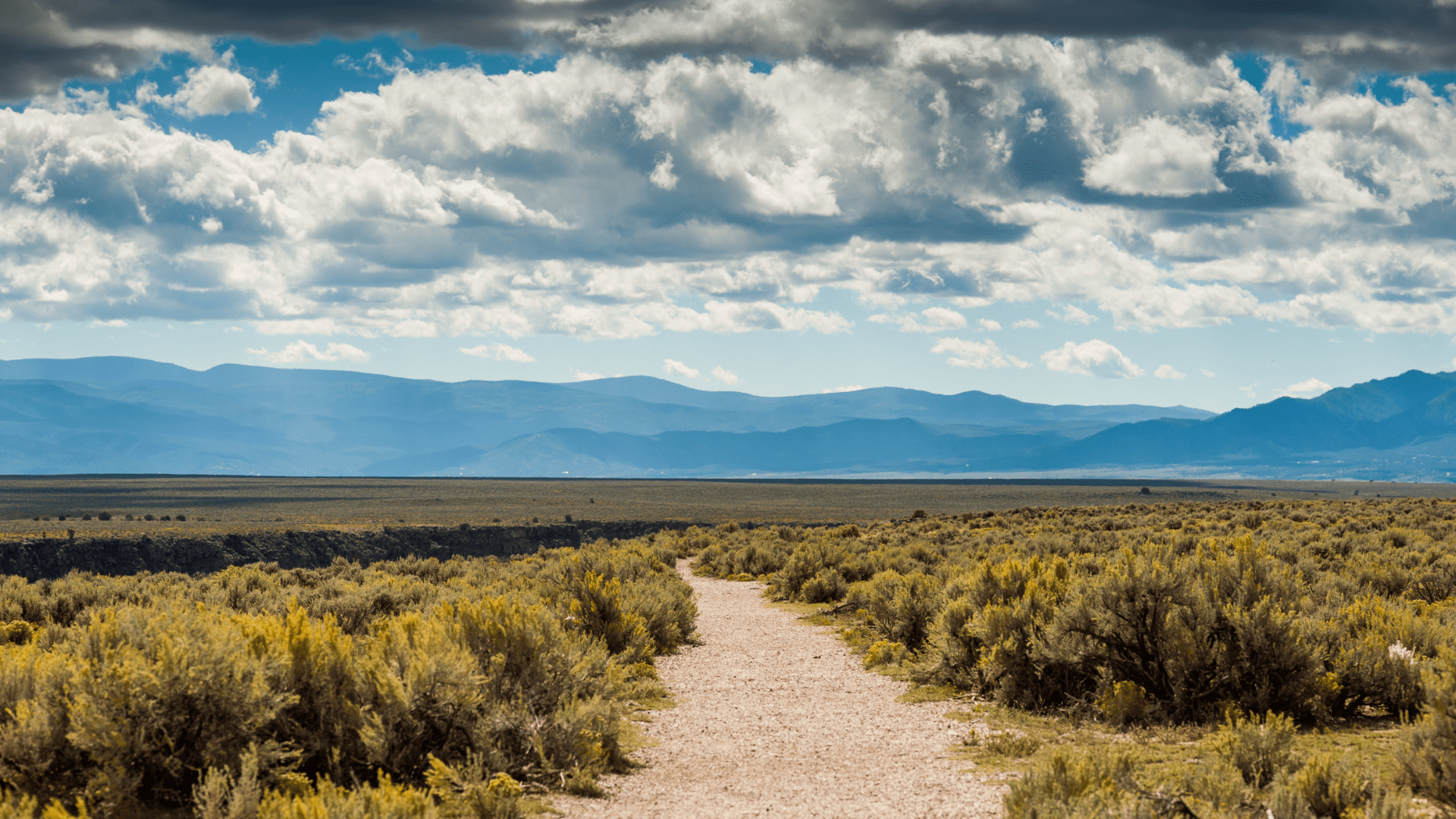Destination Stewardship Planning
As tourism continues to grow, destinations face increasing pressure to balance economic benefits with the protection of natural resources, cultural heritage, and community well-being. Effective destination stewardship planning is essential to ensure tourism supports, not strains, the places and people it touches.
We partner with destinations to create inclusive, forward-thinking plans that reflect the voices of all stakeholders, including residents and historically marginalized communities. Our team of professionals conducts extensive desktop research and facilitates focus groups and workshops with all key stakeholder groups, as well as conduct in-person interviews, to understand the unique strengths, opportunities, and challenges of each destination.
The resulting vision reflects the community’s input as a whole, and our detailed action plans are intended to guide destinations toward a sustainable future that balances community and business interests with the need to conserve cultural traditions and natural resources.
Ready to create a tourism plan that reflects your community’s values and supports long-term sustainability? Let us know how we can support your destination in building a more inclusive and resilient tourism future.
RECENT PROJECT EXAMPLES

Taos Destination Stewardship Plan
- Learn more
To help Taos, New Mexico, sustainably manage the increasing number of visitors, we spent a year collecting input from local businesses and community leaders to develop the Taos Destination Stewardship Plan. Led by the Town of Taos and a 23-member Steering Committee, the plan reflects a collaborative approach that prioritizes the well-being of all community members and reflects the concerns related to second homeownership and short-term rentals. The plan is intended to promote cooperation among tourism stakeholders and ensure that economic benefits are equitably distributed while negative impacts are minimized.
Since the plan's approval in the summer of 2024, our team supported the establishment of the Destination Stewardship Network—the central coordinating body driving implementation—and the launch of action teams dedicated to three quick-win projects: establishing a long-term tourism management structure, cultural tourism product development, and a cultural events fund. We also supported the DSN in hiring a DSN Manager, who was hired in March of 2025 and will guide the implementation of the DSP, support the network’s activities, strengthen coordination among partners, and advance the community’s vision for a more sustainable and inclusive tourism future.

Teton County Sustainable Destination Management Plan
- Learn more
A lack of a destination management plan combined with an increasing influx of visitors to Jackson Hole and the surrounding area—gateways to two of the most popular national parks in the U.S.—created questions about how best to balance interests in environmental and cultural protection with local economic needs. Traffic, housing, a workforce shortage, and overcrowding at recreation facilities were cited by local community members as growing concerns. Our team spent 18 months gathering information, conducting workshops, and establishing a vision for the future that reflected the interests of all concerned.
The Jackson Hole Travel and Tourism Board adopted one of the Teton County Sustainable Destination Management Plan's key recommendations and created the Jackson Hole Destination Stewardship Council to manage and implement the Sustainable Destination Management Plan. The destination’s engagement website features the plan, the results of research, and recommendations. The planning process is detailed in this blog post.

Ketchikan Tourism Strategy
- Learn more
The once-sleepy town of Ketchikan in Alaska’s Tongass National Forest has become one of the State’s most popular cruise ship stops. Concerned that the outpouring of visitors would overwhelm their small community, the local government partnered with the GW International Institute of Tourism Studies to evaluate current conditions and create a sustainable tourism plan to protect the interests and well-being of the local community and the resources that make Ketchikan a desirable destination. In partnership with consulting firm Confluence Sustainability, we spent 15 months developing the Ketchikan Tourism Strategy. Visit the Ketchikan Gateway Borough website for the plan and research results, and read more in our blog post.

St. Thomas Parish Destination Management Plan
- Learn more
GW’s International Institute of Tourism Studies led the development of a destination management plan for Jamaica’s St. Thomas parish in 2021 — the country’s first regional sustainable destination development and management master plan. Designed to promote community tourism for the less developed parish of St. Thomas, it also served as a model for more mature destinations, such as Montego Bay, Negril, and Ocho Rios. The plan featured comprehensive strategies for sustainable growth, including zoning schemes, destination and infrastructure development strategies, and economic impact forecasts. Read more in our blog post and watch Jamaica's Minister of Tourism launch the destination management plan.


